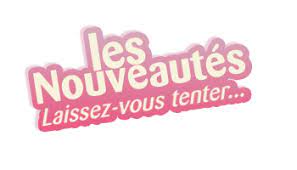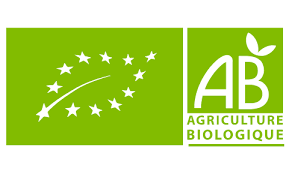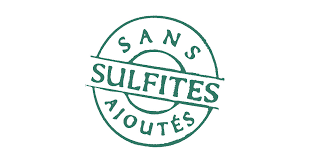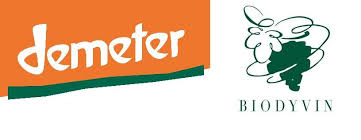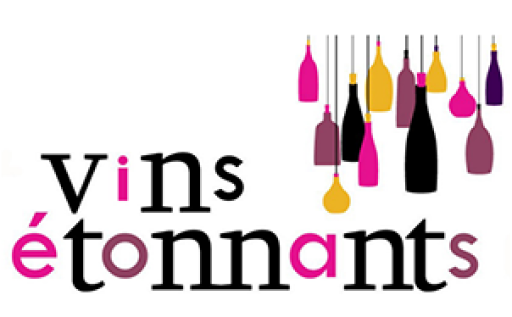Livraison à partir de 9.50€ pour la France !
Franco à 250€ de commande pour le France continentale et la Belgique.
A research assistant AI is now at your disposal!
Please click on the bubble red To access it at the bottom right of the page
 bio
bio
 riche et structure
riche et structure
 VIN BLANC
VIN BLANC
 complexe
complexe
Delivery within 4/5 working days, express by UPS, Chronopost or Fedex at home, on a relay point or by messaging

Oppidum 2019
CB, Applepay, payment in 3 times Klarna, Transfer, Bancontact, CBC, Sfort, Giropay, IDEAL, EPS, Postpay, Maestro, American Express, Landscard, Belfius, Przlewy24 , ...
Features
 Embouteillé à 11250 - Rouffiac d'Aude
Embouteillé à 11250 - Rouffiac d'Aude
75 % chardonnay, 20 % chenin, 5 % mauzac
Limoux par son terroir, par une fraîcheur inhabituelle en Languedoc est une AOC déjà reconnu pour ses grands vins blancs. Fort de cette situation, Pierre Fabre a très vite orienté son domaine de Limoux vers des grands vins blanc en supprimant peu à peu les vignes de rouge qui ne pouvaient pas lui donner des vins en phase avec ses objectifs.
Le sous-sol de la colline est composé d'épaisses formations mollassiques lutériennes, marnes et argiles, coupées de bancs de conglomérats à ciment calcareo-gréseux. La terre végétale résultant de la décomposition de ces roches est argilo-calcaire et souvent riche en éléments de granulométrie assez grosse, stables, graviers ou galets.
Le climat quoique de type méditerranéen, reste régulièrement pluvieux pour alimenter deux sources sur le Domaine et donner aux vins fraîcheur et acidité. Près de 10 hectares de Chardonnay qui s'expriment parfaitement dans ce terroir Méditerranéen de Limoux. Près de 4 hectares de Chenin et Mauzac viennent compléter un potentiel pour proposer des grands crus de Limoux.
Vendanges manuelles, passage au froid, pas de sulfitage. Les levures indigènes peuvent oeuvrer pour faire s'exprimer le terroir et donner des vins très aromatiques et plein de fraîcheur. Un très léger sulfitage et une légère filtration à la mise en bouteille permettent de garantir la bonne qualité des vins.
Des cépages blancs présents, le Chardonnay est bien le roi. La taille puis la vendange en vert conduisent à limiter sa production (30Hl/ha) . Sa vinification et son élévage sur lies fines se font en barrique . Ce cépage s'exprime par des aromes nobles et subtils : tantôt floraux, chèvrefeuille, aubépine, acacia, rose, genet, tantôt plus gras tel l'humus, les champignons et les toast beurrés. Equilibré et gras, sa finale souvent nerveuse par son acidité peut être minérale.
Le Chenin permet de produire des vins moelleux ou des vins secs. En sec il est d'un bouquet éclatant fleur d'oranger, agrumes (pamplemousse) et fruits secs, abricot et coing. Plutôt floral, jeune il va développer les aromes secondaires (agrumes) dans la troisième année.
Le Mauzac, cépage traditionnel de la Blanquette de Limoux, permet de réaliser des vins effervescents. Les vieilles vignes du domaine et leurs petits rendements donnent des vins très aromatiques : pomme, poire, coing et fruits secs explosent au nez comme en bouche.
14 % Alc.vol.

House founded in 2003

One of the widest selections of the web of authors' wines and craftsmen
What is an author wine?
This can be so diverse depending on the personality of their sire, that it is easier to define what it is not. An author wine is anything but a standard, stereotypical wine, made to please as many people as possible. It is therefore rarely produced in millions of copies, copying itself from vintage in vintage.
An author wine is therefore a wine that does not look like that of the neighbor. Which from year to year will evolve according to the vagaries of the weather and the mood of the author - the two that can be linked. Because the author does not rely on market studies to carry out his boat. He makes his wine as he feels, as he likes, as he can, sometimes ... and too bad if he does not please everyone.
This is why author wines are sometimes classified as "table wine" or "France wine". Because the winemaker did not plan the authorized grape variety*, makes the assembly or vinification recommended in the name **. He is often a bit rebellious, our author. But that is why we like it! ... That said, author's wines are not systematically marginal: they are present in most of the appellations, and can be part of the elite of these this***. Because they are not content to have personality: they are good, in addition! With in general aDegree of TorchabilityVery high: we never tire of it at the end of the first sip.
As author's wines are not chaptalized, levied, hacked ... They can have very different profiles depending on the vintage. It is up to us (resellers and consumers) to accept them as they are, and to remain faithful to the producers, because they need us to continue their activity.
______________________________
* For example, theTouriga Nacionalin the Minervois, or theSyrahIn Forez ribs. They are crazy, these authors!
** Some winegrowers dare to produceSweety with Mourvèdre or oneNatural sparkling with Pineau d'Aunis
*** Like those of Jean-François Ganevat in the Jura or Zind-Humbercht in Alsace

